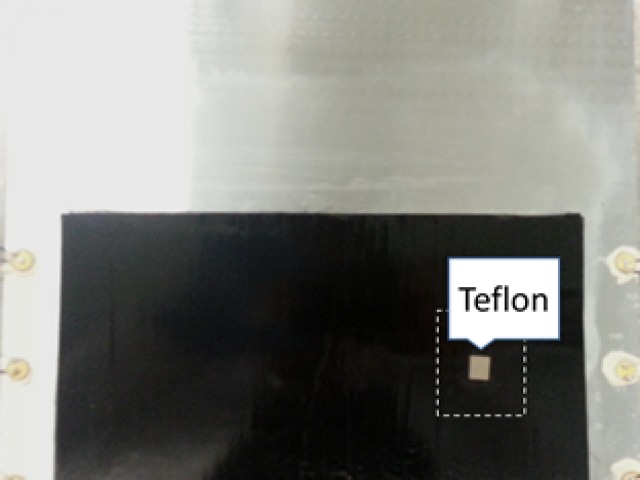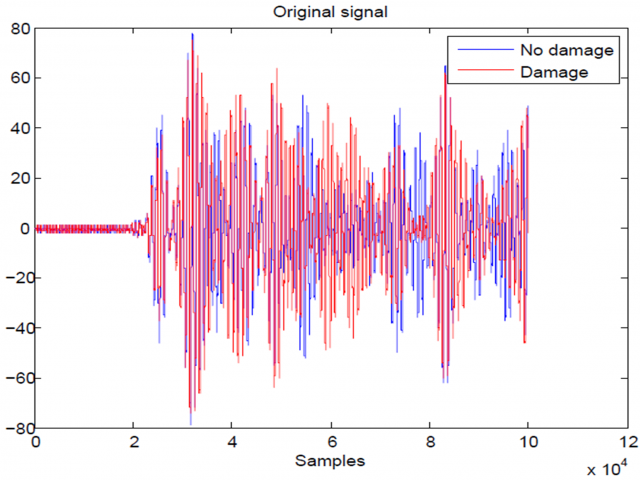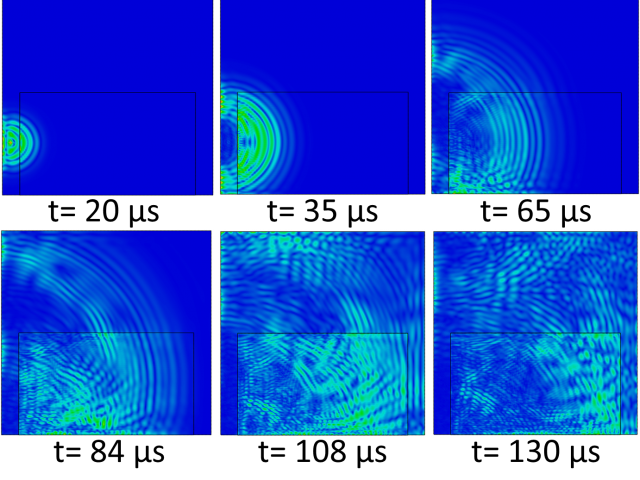
String Manufacturing: Monitoring of Automated Composites Manufacturing In-Situ
Lead Investigator: Keith Worden
Aims
The objective of the project is focussed on the novel technique of string manufacturing and aims to develop an in situ structural health monitoring method, applied to the advanced tape placement of composites whilst the component is being manufactured during dynamic, automated tape lay-up. It was initially planned that experimental work would be carried out in the AMRC using an Automated Tape Placement (ATP) robot from Automated Dynamics (A robot with a similar configuration is also located in the National Composites Centre facility).
In the first phase of the project, a simplified programme of experiments was carried out in the Jonas Laboratory in the Department of Mechanical Engineering. The idea of these experiments was to establish if ultrasonic Lamb wave scattering could be the basis of the desired SHM method. The idea was to excite Lamb waves in the Aluminium base which would then propagate through the composite sample and show the presence of damage through modification of the wave profile. Although the experiments showed that enough acoustic energy could be coupled into the sample for detection of simulated faults (Teflon inserts), it was found that inter-sample variability was great than the differences in wave signature caused by the simulated damage. This variability meant that the desired sensitivity to damage was not directly attainable.
The second phase of the work was therefore initiated as a programme of Finite Element (FE) modelling of the wave propagation, in order that physical insight could be gained regarding sample variability and scattering profiles. So far, an FE model has been built which gives reasonable agreement with experiments. This project has been extended to 12 months by matched funding from the Department of Mechanical Engineering at Sheffield and is therefore still ongoing. The current work is concerned with refining the FE model and planning further experimental validation.




